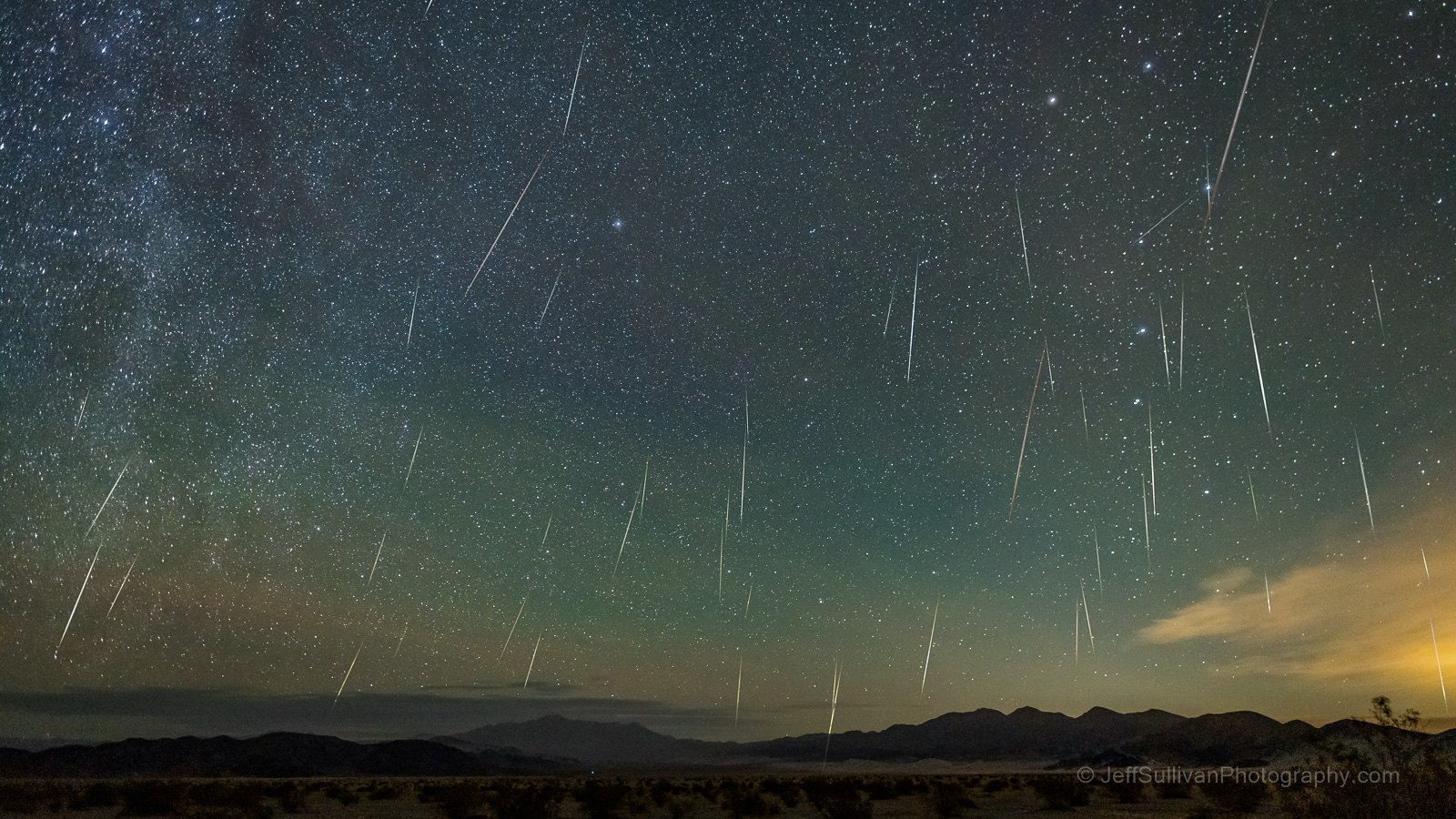NASA’s spacesuits are getting old. The extra-vehicular mobility units – EMUs for short – were designed and built for spacewalks outside NASA’s space shuttles, which flew for the last time in 2011. Nowadays, the EMUs are an integral part of maintaining and upgrading the International Space Station (ISS) exterior, providing the crew with the ability to live and work in the vacuum of space for extended periods of time (spacewalks regularly last from 6 to 8 hours). However, at the end of the most recent spacewalk on March 23, NASA astronaut Kayla Barron discovered water in the helmet of German astronaut Matthias Maurer while she helped him remove the suit.
Continue reading “Spacesuits are Leaking Water and NASA is Holding off any Spacewalks Until They can Solve the Problem”Thanks to Gaia, Astronomers are Able to Map Out Nebulae in 3D
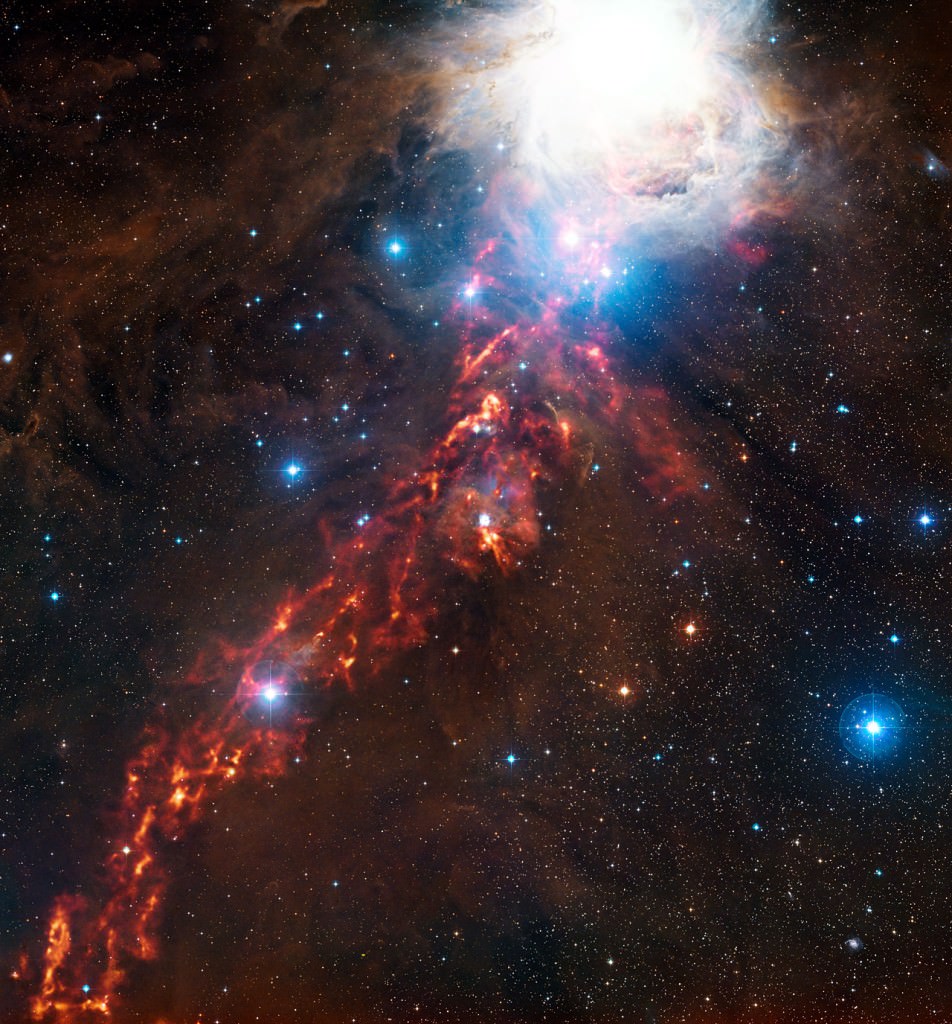
Ever wonder what it would be like to fly through the Orion Nebula with all its newborn stars? Or buzz through the California Nebula? Of course, we’ve seen simulated “fly-throughs” of nebulae in sci-fi TV and movies and on planetarium domes. But, what if we had a warp-speed spaceship and could chart a path through the real thing? The first thing we’d need is accurate data about that region of space. That’s where a 3D model with precise distance measurements to stars and other objects would come in really handy.
Continue reading “Thanks to Gaia, Astronomers are Able to Map Out Nebulae in 3D”The Closeby Habitable Exoplanet Survey (CHES) Could Detect Exoplanets Within a few Dozen Light-Years of Earth Using Astrometry
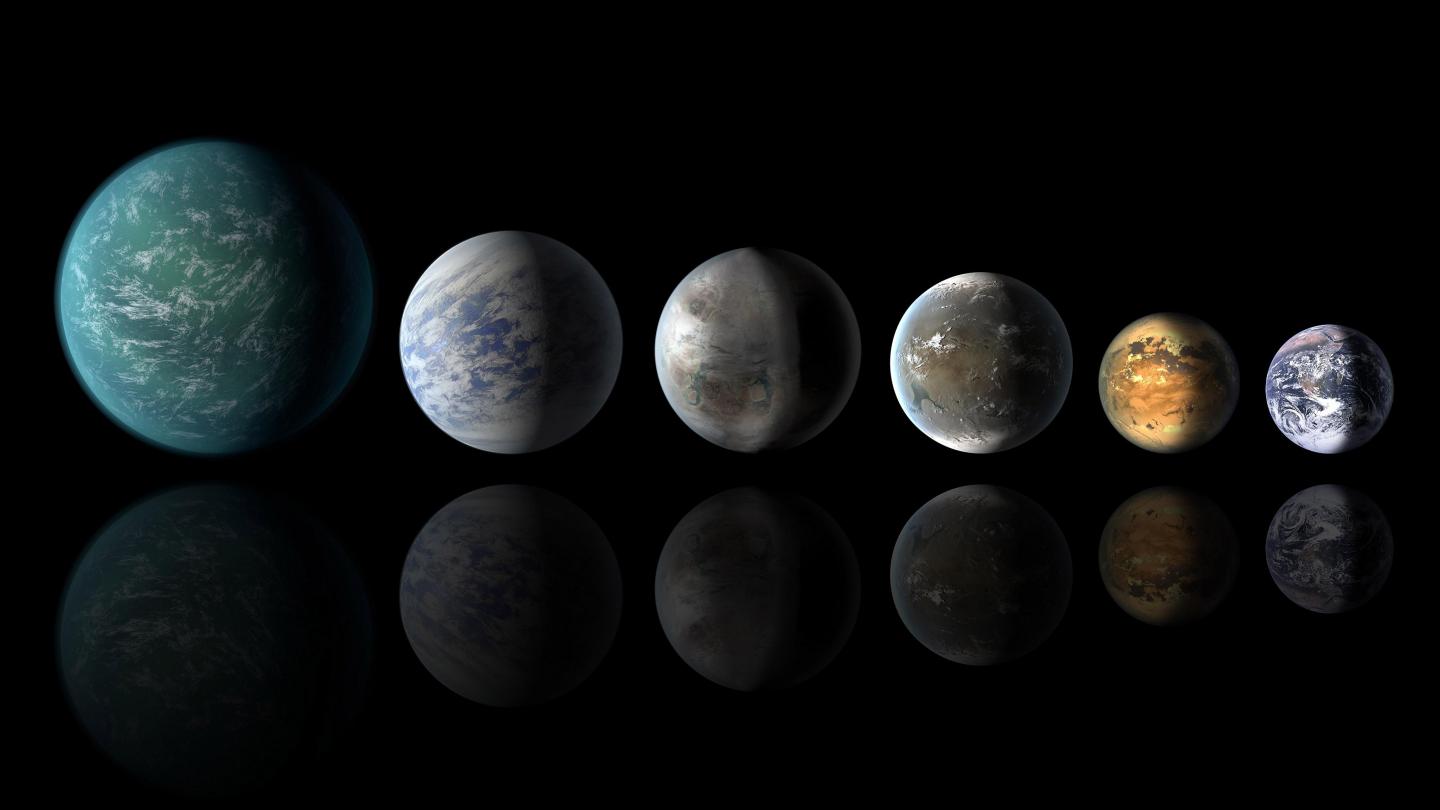
As of this article’s writing, NASA has indicated that 5,030 extrasolar planets have been confirmed in 3,772 systems, with another 8,974 candidates awaiting confirmation. With next-generation instruments like the James Webb Space Telescope (JWST) coming online, the number and diversity of confirmed exoplanets are expected to grow exponentially. In particular, astronomers anticipate that the number of known terrestrial planets and Super-Earths will drastically increase.
In the coming years, the opportunities for exoplanet studies will increase considerably as thousands more are discovered using various methods. In a recent study, a team led by the Chinese Academy of Sciences (CAS) described a new space-telescope concept known as the Closeby Habitable Exoplanet Survey (CHES). This proposed observatory will search for Earth-like planets in the habitable zones (HZs) of Sun-like stars within approximately 33 light-years (10 parsecs) using a method known as micro-arcsecond relative astrometry.
Continue reading “The Closeby Habitable Exoplanet Survey (CHES) Could Detect Exoplanets Within a few Dozen Light-Years of Earth Using Astrometry”Is This the Future of the Milky Way?
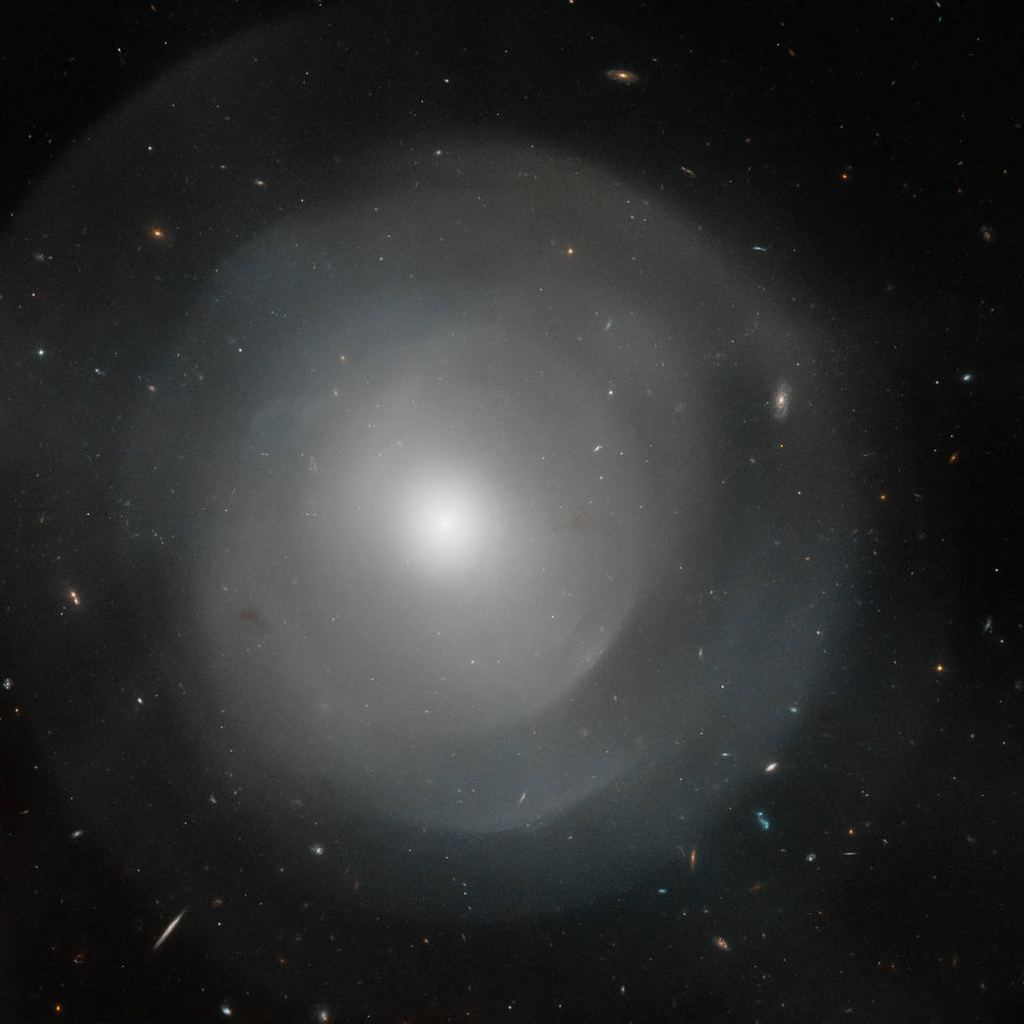
Take a good look at the latest image provided by the Hubble Space Telescope. It shows a huge elliptical galaxy called NGC 474 that lies about 100 million light-years away from us. At about two and a half times larger than our Milky Way Galaxy, it’s really a behemoth. Notice its strange structure—mostly featureless and nearly round, but with layered shells wrapped around the central core. Astronomers want to know what caused these shells. The answer might be in what this galaxy represents: a vision of the future Milky Way and the Andromeda Galaxy.
Continue reading “Is This the Future of the Milky Way?”May 31st Could Be the Most Powerful Meteor Storm in Generations, or Nothing at All
Be sure to watch the skies on the last morning of May, for a possible Tau Herculid meteor outburst.
If predictions hold true, we may be in for a rare meteor outburst from an obscure meteor shower on May 31st topping a thousand meteors per hour… or we may see nothing at all. Welcome to the wonderful world of meteor shower predictions and prognostications.
Continue reading “May 31st Could Be the Most Powerful Meteor Storm in Generations, or Nothing at All”China has a new Human Lunar Space Program, With Plans for Landers, Orbiters, Rovers, and a Lunar Base
The China National Space Agency (CNSA) has advanced considerably since the turn of the century, boasting new launch vehicles, robotic missions to the Moon and Mars, and a modular space station in orbit (Tiangong). According to various sources, they plan to advance even further in the coming years and decades. Given the tight-lipped nature of the Chinese government and its agencies, much of what we periodically hear is based on snippets of information, gossip, and speculation.
However, in a recent interview with the state-owned CCTV new network, chief designer Huang Zhen confirmed that China’s space agency has established the Crewed Lunar Program Office. This program will consist of additional robotic missions to explore the Moon, followed by crewed missions and the creation of a base camp. Zhen also confirmed that he and his team at the China Association for Science and Technology (CAST) are currently developing the key technologies that will make this happen.
Continue reading “China has a new Human Lunar Space Program, With Plans for Landers, Orbiters, Rovers, and a Lunar Base”Merging Supermassive Black Holes Gives us a New Way to Measure the Universe
The study of black holes has advanced immensely in the past few years. In 2015, the first gravitational waves were observed by scientists at the Laser Interferometer Gravitational-Wave Observatory (LIGO). This finding confirmed what Einstein predicted a century before with General Relativity and offered new insight into black hole mergers. In 2019, scientists with the Event Horizon Telescope (EHT) Collaboration shared the first image of a supermassive black hole (SMBH), which resides at the center of the M87 galaxy.
Earlier this month, the EHT announced that they had also acquired the first image of Sagittarius A*, the black hole at the center of the Milky Way Galaxy. And just in time for Black Hole Week (May 2nd to May 6th), a pair of researchers from Columbia University announced a new and potentially easier way to study black holes. In particular, their method could enable the study of black holes smaller than M87* in galaxies more distant than the M87 galaxy.
Continue reading “Merging Supermassive Black Holes Gives us a New Way to Measure the Universe”Astronomers Find a Star That Contains 65 Different Elements

Have you ever held a chunk of gold in your hand? Not a little piece of jewelry, but an ounce or more? If you have, you can almost immediately understand what drives humans to want to possess it and know where it comes from.
We know that gold comes from stars. All stars are comprised primarily of hydrogen and helium. But they contain other elements, which astrophysicists refer to as a star’s metallicity. Our Sun has a high metallicity and contains 67 different elements, including about 2.5 trillion tons of gold.
Now astronomers have found a distant star that contains 65 elements, the most ever detected in another star. Gold is among them.
Continue reading “Astronomers Find a Star That Contains 65 Different Elements”Scouring Through old Hubble Images Turned up 1,000 new Asteroids
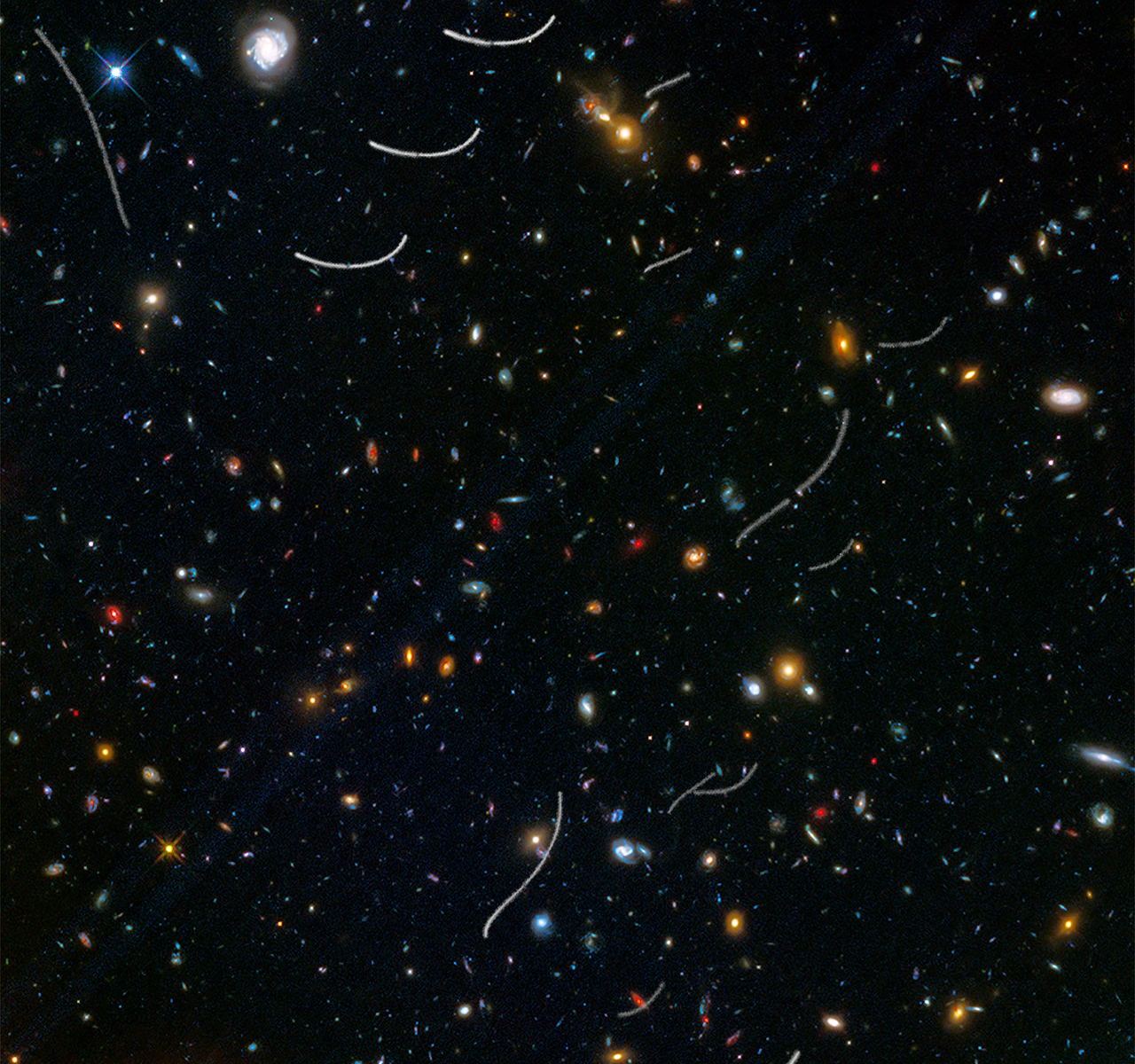
Researchers have found over 1,700 asteroid trails in archived Hubble data from the last 20 years. While many of the asteroids are previously known, more than 1,000 are not. What good are another 1,000 asteroids? Like all asteroids, they could hold valuable clues to the Solar System’s history.
Continue reading “Scouring Through old Hubble Images Turned up 1,000 new Asteroids”Cosmic Rays can Help Keep the World's Clocks in Sync
The world has a robust, accurate timekeeping system that regulates our clocks. Humanity uses it for everything we do, from our financial systems to satellite navigation, computer and phone networks, and GPS. But the current system is not perfect, and has vulnerabilities to cyber-attack and disruption. Given the importance of accurate timekeeping to our society (as a fundamental underpinning of life in the 21st century), experts are always looking for ways to improve the system and add redundancy. Researchers at the University of Tokyo have taken a big step in this direction, developing a new method of time synchronization that takes advantage of cosmic rays to calibrate the world’s clocks.
Continue reading “Cosmic Rays can Help Keep the World's Clocks in Sync”

